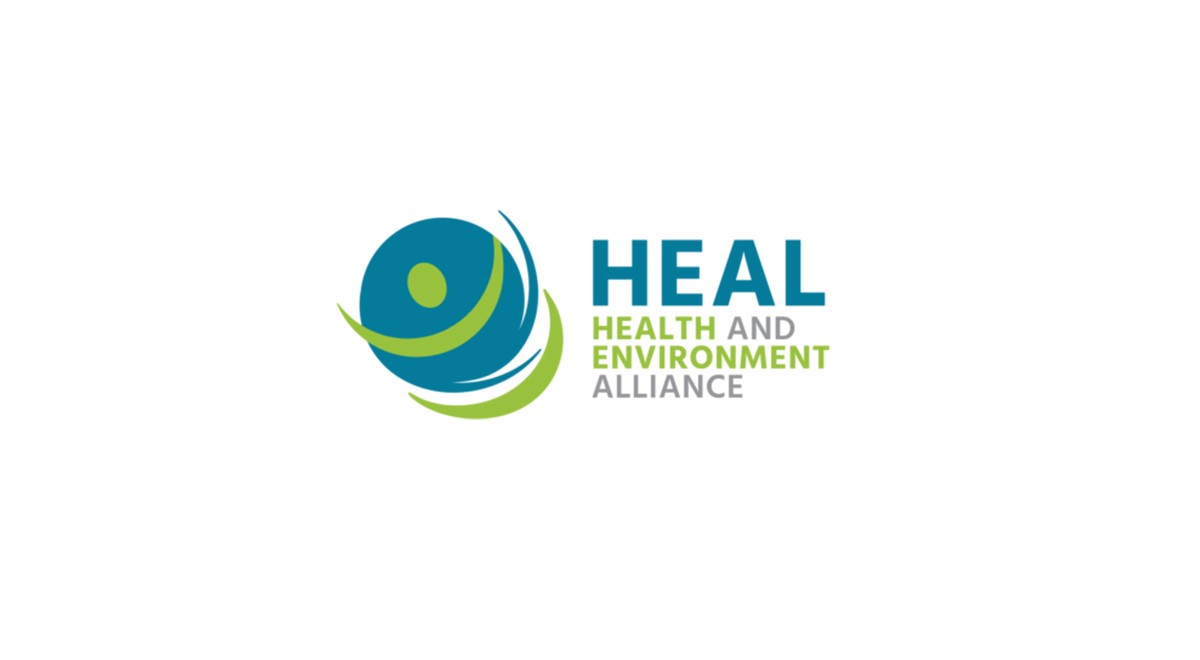Are you our new Communications Officer?
European regulators are letting the citizens of the EU down by allowing the use of harmful pesticides in agriculture and public green areas based on an ‘unfit for purpose’ risk assessment regime that relies on pesticide industry generated toxicity studies.
The stated purpose of the European pesticide regulation (EC) 1107/2009, is to ensure a high level of protection of human and animal health, and the environment. Pesticide products and residues should not be authorised for standard use if they are found to have harmful effects on humans, animals, the environment, and its ecosystems.
Unfortunately, this is far from the reality, according to a new European coalition, Citizens for Science in Pesticide Regulation.
The EU and national civil society organisations Pesticide Action Network (PAN) Europe, ClientEarth, Corporate Europe Observatory (CEO), the Health and Environment Alliance (HEAL), Global 2000 (Austria), Generations Futures (France) and Justice Pesticides (France), launched in Brussels today the coalition manifesto for “rigorous science, safe food, and a healthy environment”, signed by more than 110 civil society organisations and institutions, as well as individual experts.
“The current pesticide risk assessment procedure is failing us,” says Dr. Angeliki Lysimachou, Science Policy Officer at Pesticide Action Network Europe. “The rules are not respected. The whole process is driven by the pesticide industry, which is allowed to assess the safety of its own products, always behind closed doors, and even to design its own testing methodologies. As a result, many tons of harmful pesticides are used in Europe today, in increasing numbers, even when scientific evidence from public research shows they are not safe. This must come to an end.”
Major conflicts of interest exist in the pesticides regulatory system. The Monsanto Papers – internal Monsanto documents recently disclosed in cancer litigation in the USA – show how industry can actively subvert science. It is clear that industry must be kept at arm’s length from safety testing, risk assessment and risk management.
Scientific evidence indicates that humans and the environment are not being sufficiently protected from these harmful chemicals. “There is clear evidence that organophosphate pesticide exposure during pregnancy is linked to increased risk of neurodevelopmental disorders and IQ loss,” states Prof. Barbara Demeneix from Muséum National d’Histoire Naturelle in France. “Pesticide authorisation reform is urgently needed,” she adds.
Studies reveal an abnormally high rate of diseases in farming families and residents in agricultural areas [1], high levels of pesticide residues detected in food [2] and the environment [3,4], and the decline of biodiversity and wildlife in proximity to agricultural areas [5,6].
Dr Apolline Roger, Law and Policy Advisor at ClientEarth adds: “The authorities in charge need to remember their obligations under EU law. They must change the way they assess and authorise pesticides to make sure that people and environment are effectively protected.”
The Manifesto
The manifesto comes at a crucial moment when the European Commission is reviewing pesticides legislation as part of its REFIT programme, the European Parliament has published a series of reports and has set up the PEST Committee to investigate the European Union’s authorisation procedure for pesticides, and the Commission has presented a proposal to increase transparency in European food law.
The manifesto calls upon European regulators to urgently reform the current pesticide risk assessment and risk management system, and suggests practical solutions to the major failings. These fall under three sections and can be summarised as follows:
A. Prioritise public health, the environment and sustainable agriculture – pesticides must be used only as a last resort when all other non-chemical alternatives have been applied and failed.
B. Ensure that decision makers rely on data that is complete, public, up to date and free from industrial bias – safety testing must not be carried out by the pesticide industry itself and data requirements for pesticides should be updated according to the most recent scientific findings to address human developmental diseases and impact on ecosystems.
C. Enable decision makers, civil society and the scientific community to scrutinise the integrity and effectiveness of European pesticide policy – results and data of all pesticide safety tests shall be published on the internet in a consistent and searchable format.
The full details of the manifesto with all 15 points can be found here: www.citizens4pesticidereform.eu
“Our manifesto gives realistic and solid answers to the critical steps of the pesticide authorization procedure,” states Dr. Fiorella Belpoggi of the Ramazzini Institute in Italy. “The proposed solutions aim to support the important decisions taken at the European Parliament, that affect the public health of the European citizens.”
The coalition is calling upon European regulators to incorporate its demands in their decisions, phase out the use of harmful chemicals in agriculture and management of green areas and fulfill the high level of protection that the EU law requires.


